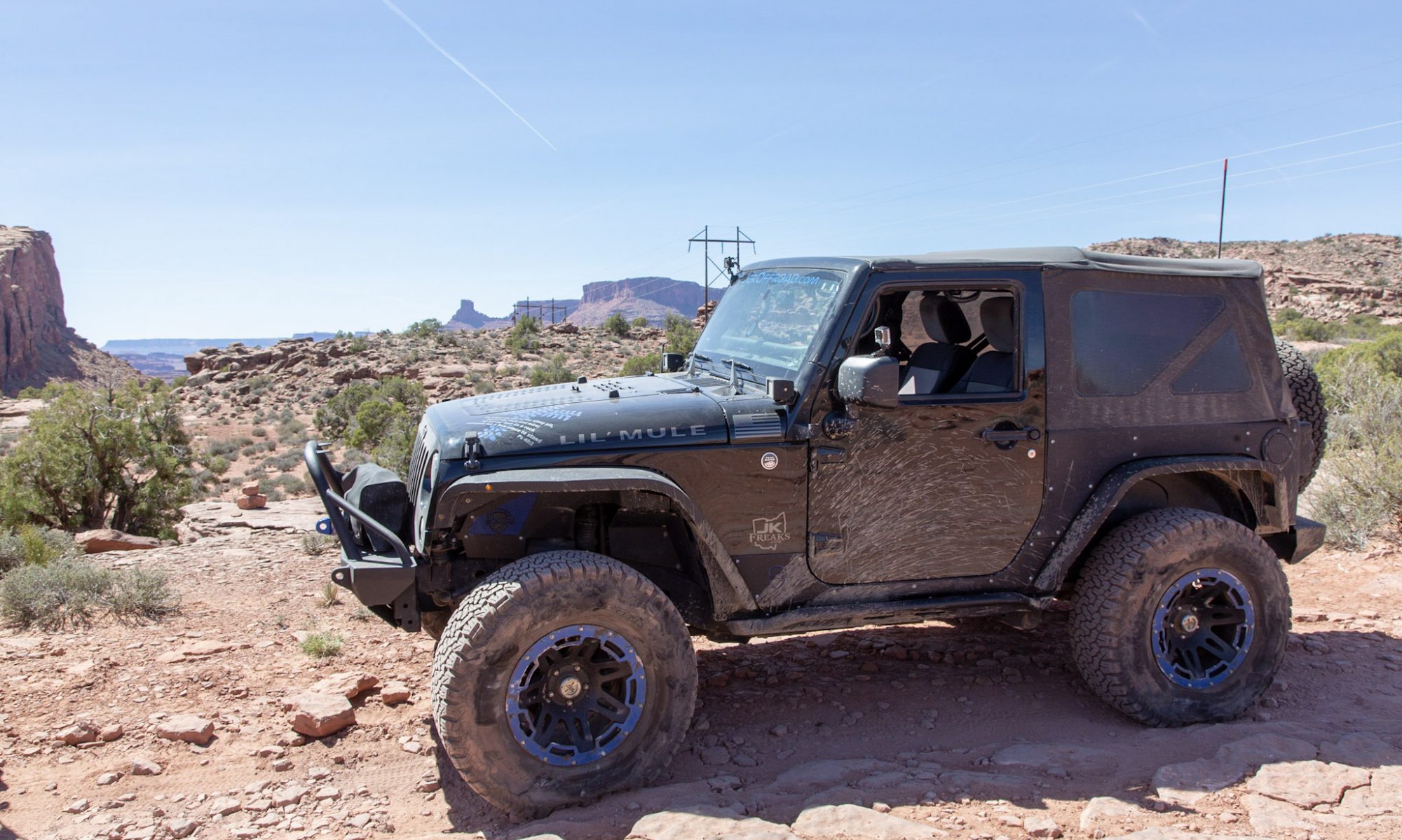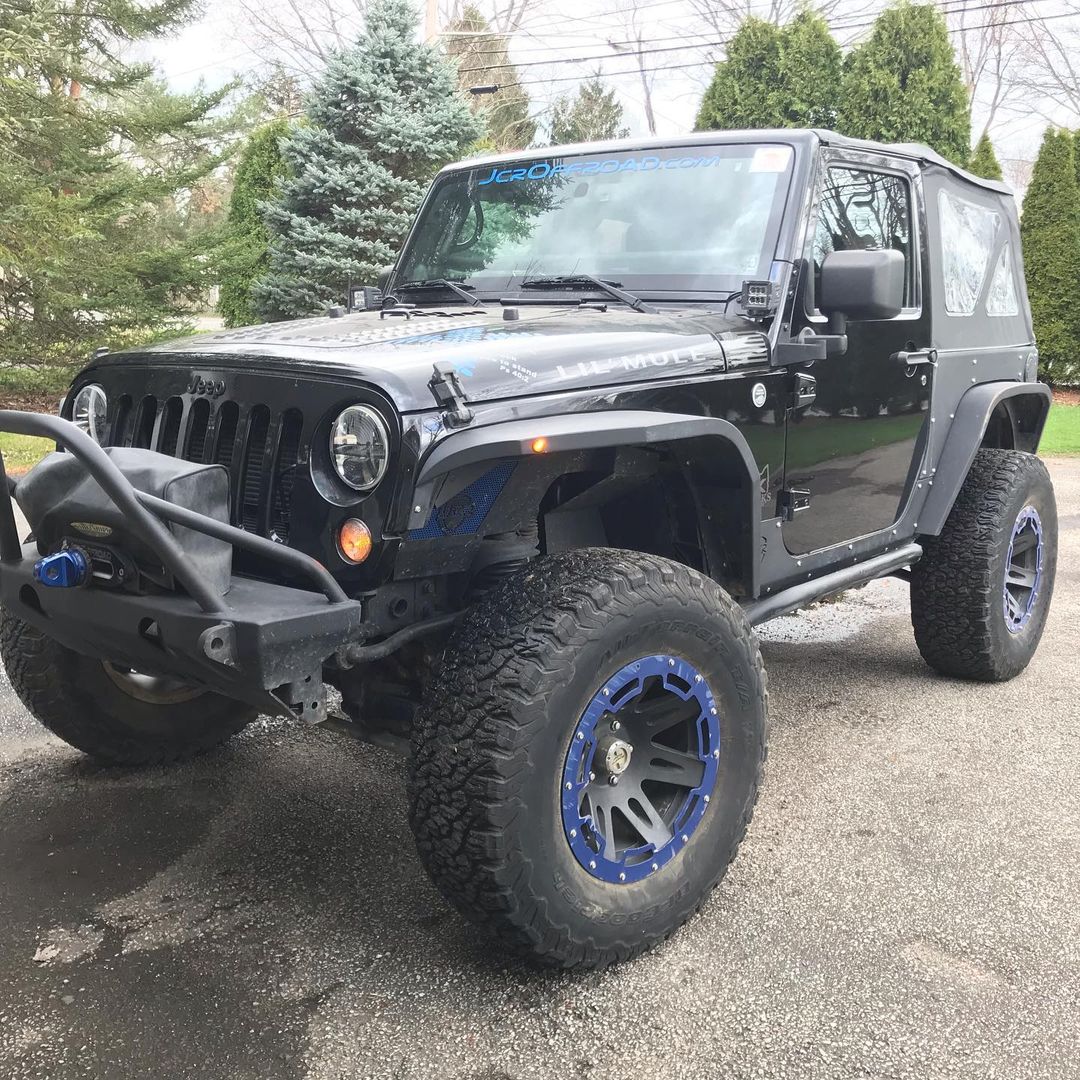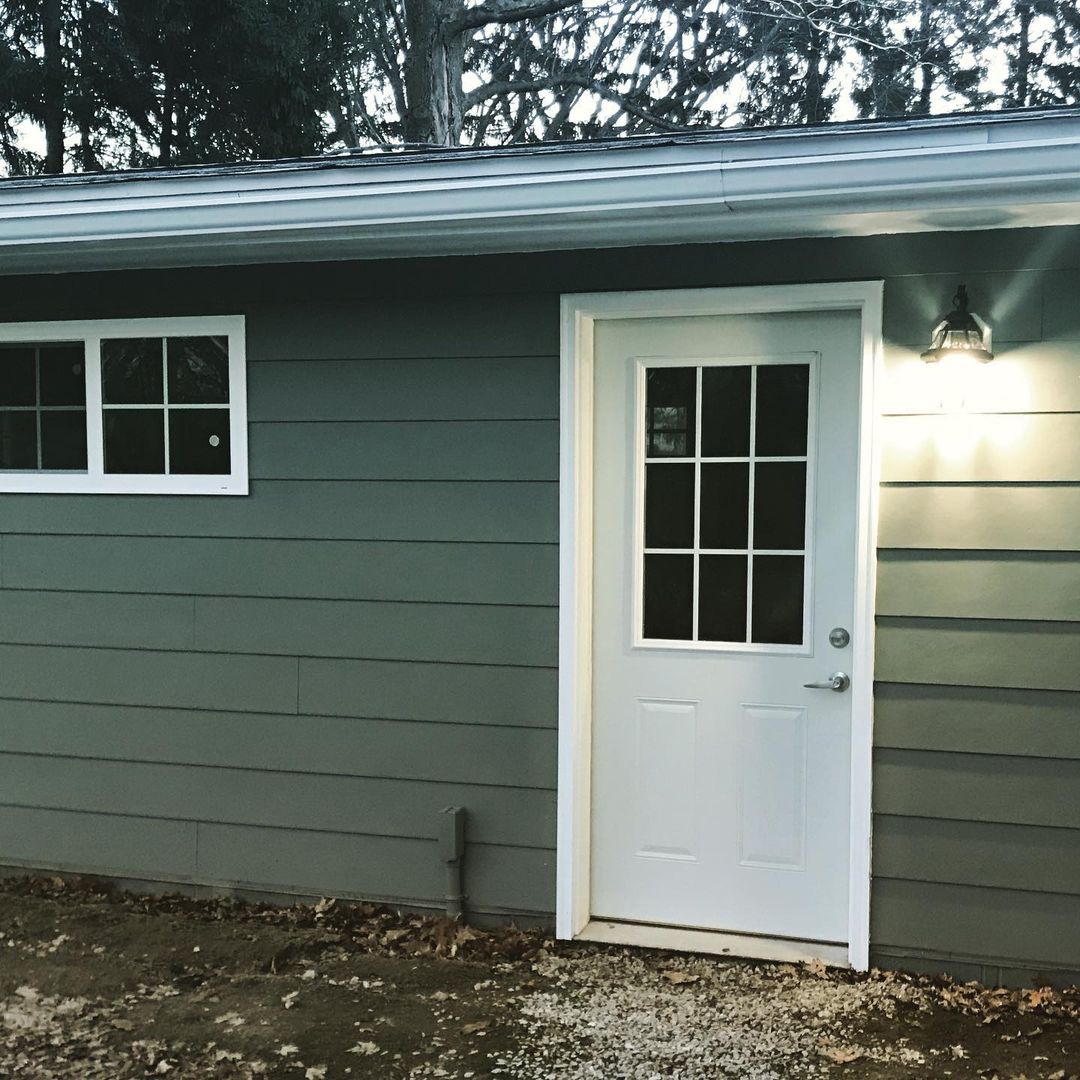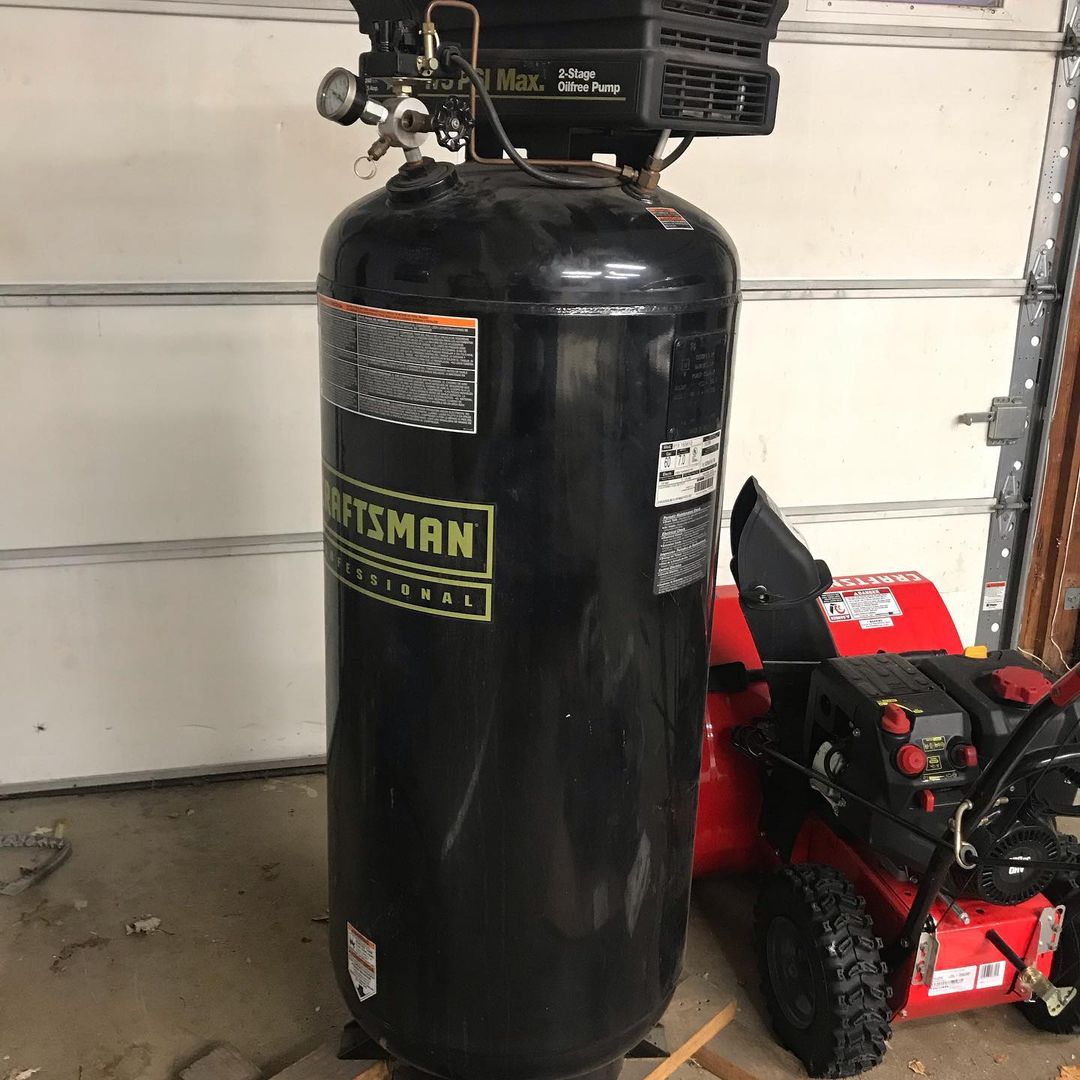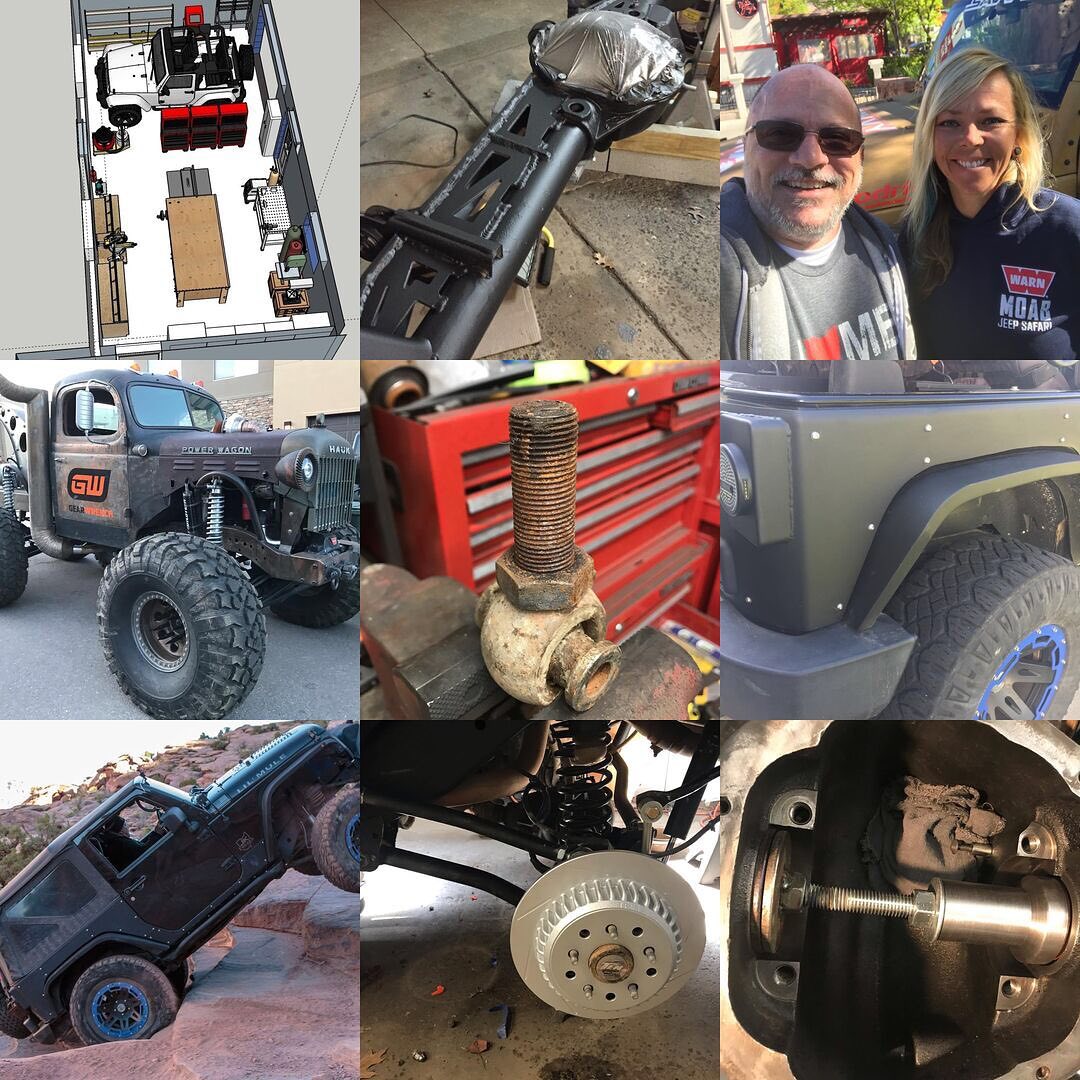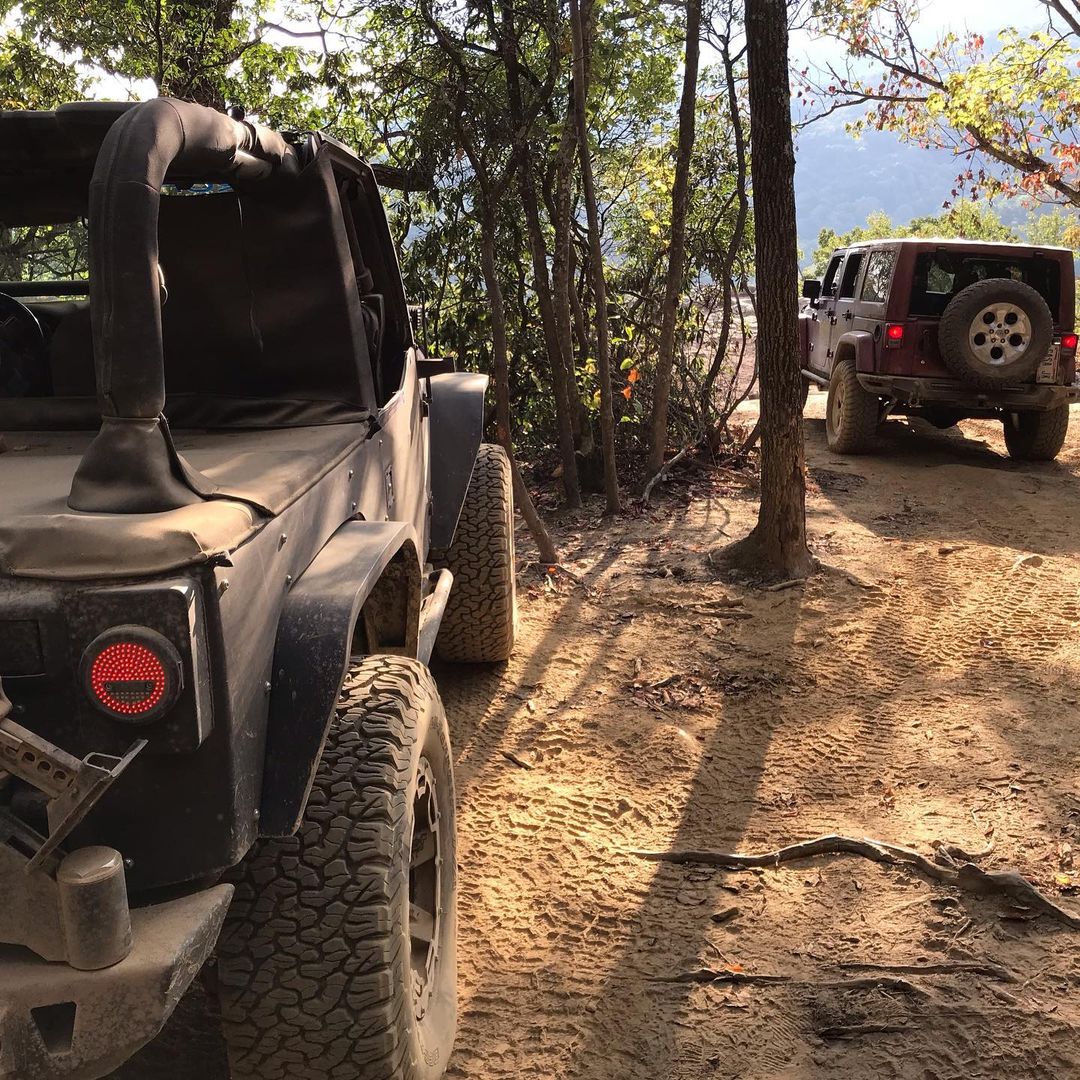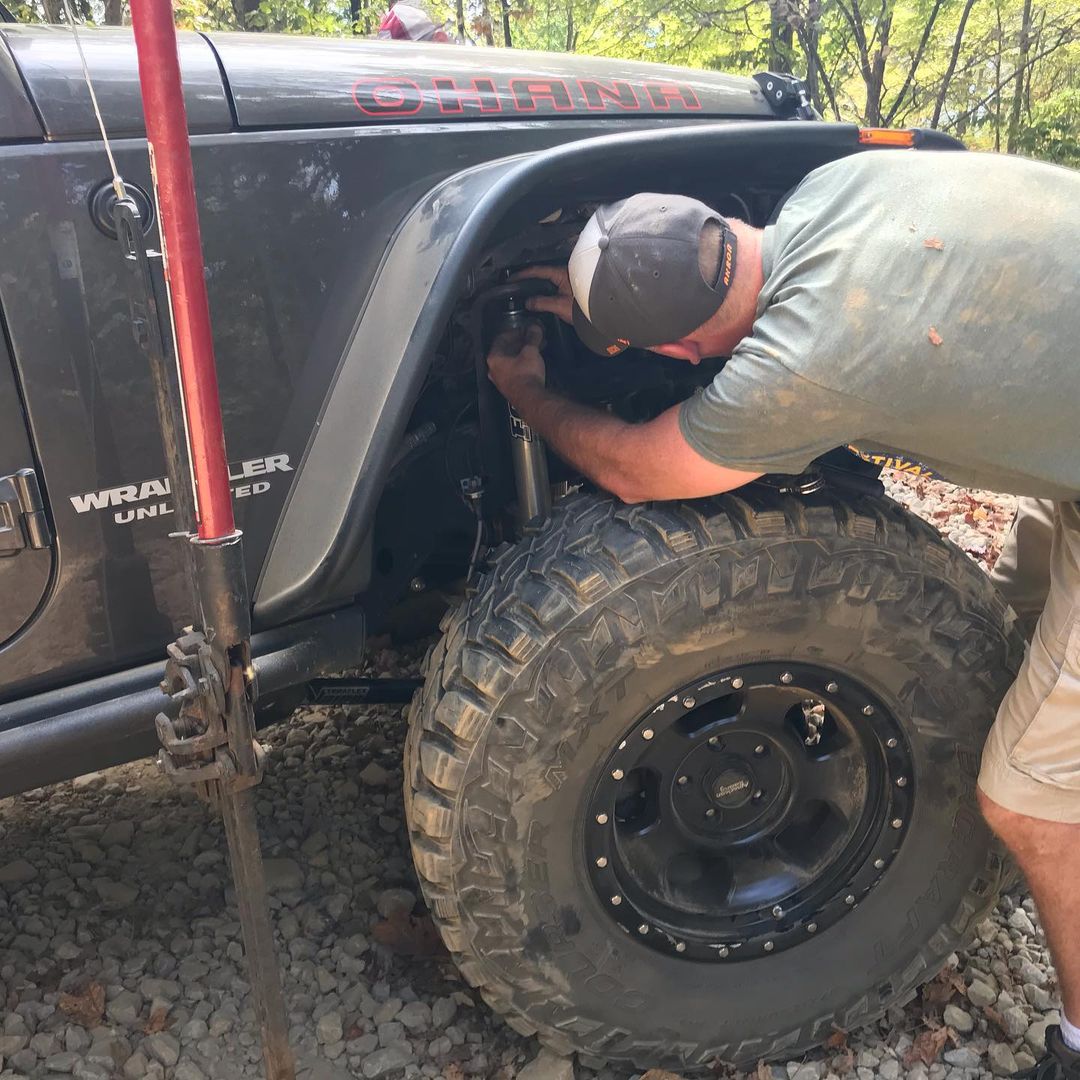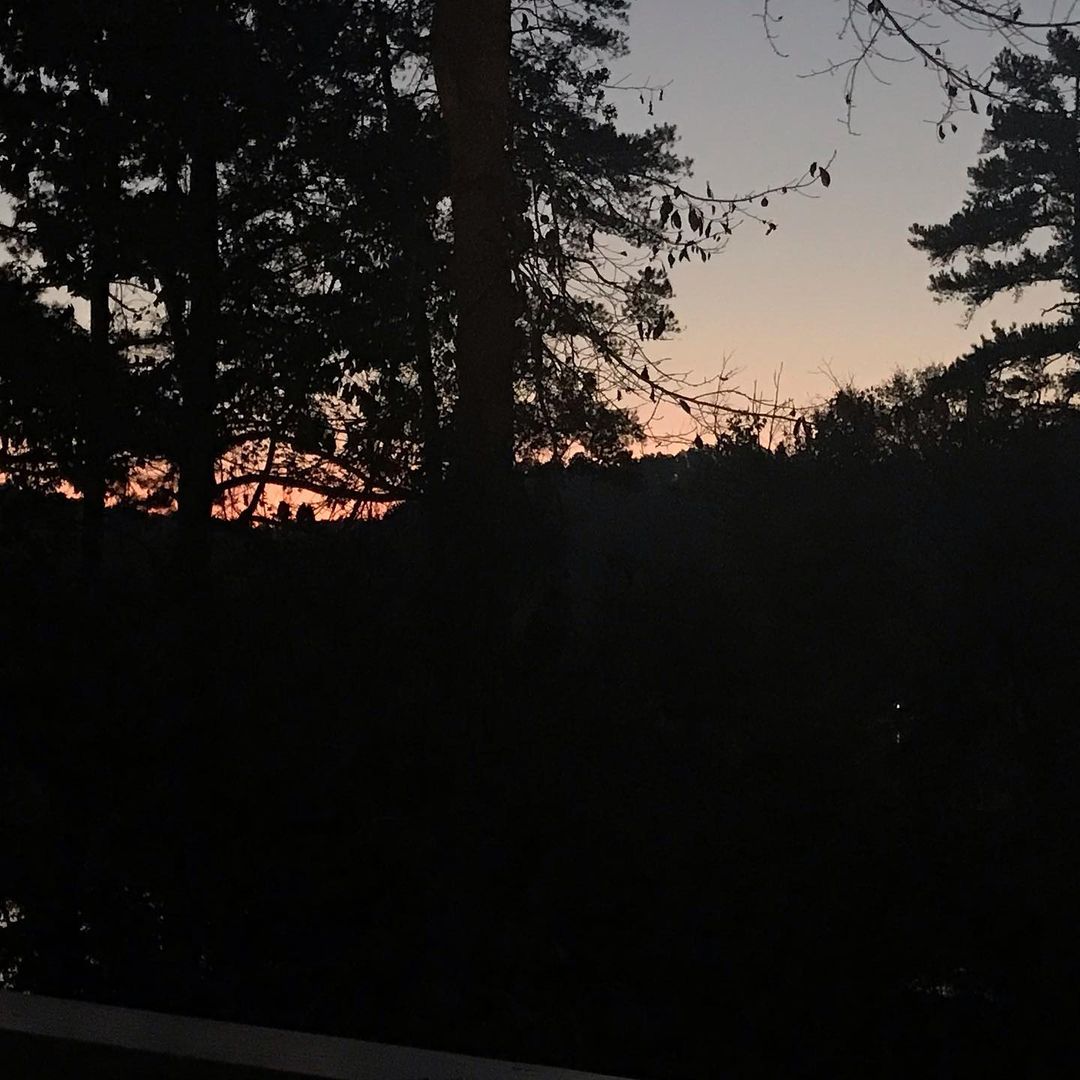Some years ago, while out at Southington Off Road, I sank my Jeep. Oops.
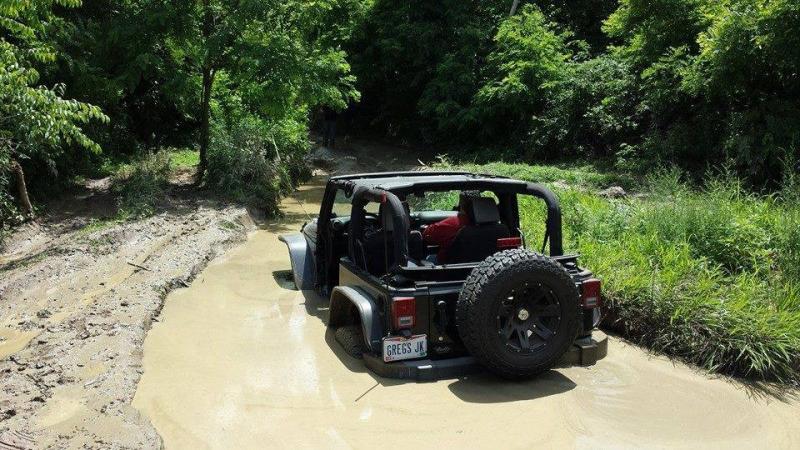
And ever since then, it has run a lot hotter than it should. Even at highway speeds, it shouldn’t get any hotter than 215 degrees. Not mine, if the Jeep was working (on trails, on the highway in hilly areas, or on hot days) I could see temps hit 240 and higher.
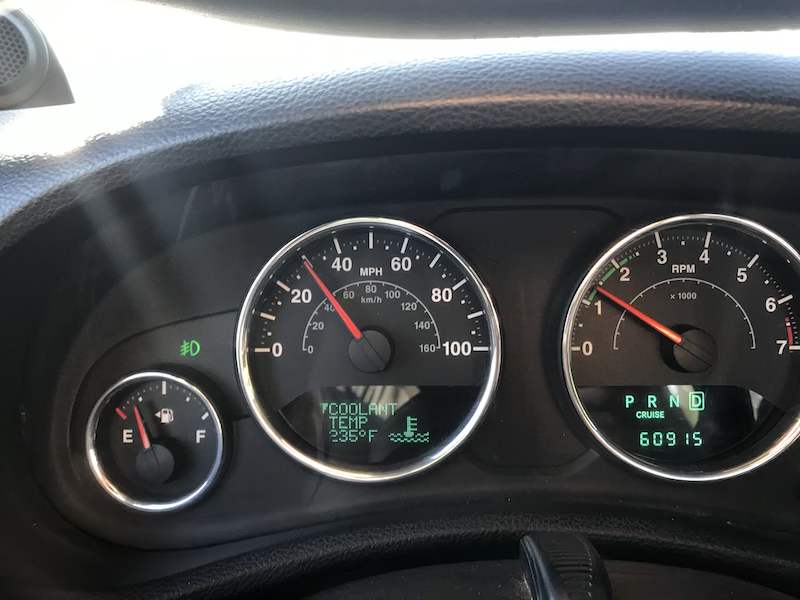
I have suspected for a while that the radiator cooling fins were clogged with mud. The mud and water at Southington are very sandy and full of silt. I’ve known many a Jeep that needed new front axle seals and spending a day in that mess. And I was sure that there was a leak in it somewhere. You could smell coolant when it was running hot, but it never lost that much fluid, so I was certain it was pinhole leak.
It’s been bugging me for years. So I decided to take the time during this Coronavirus lockdown to go ahead and replace my radiator. I found a YouTube video that did a really good job of describing the steps for a Jeep very much like mine.
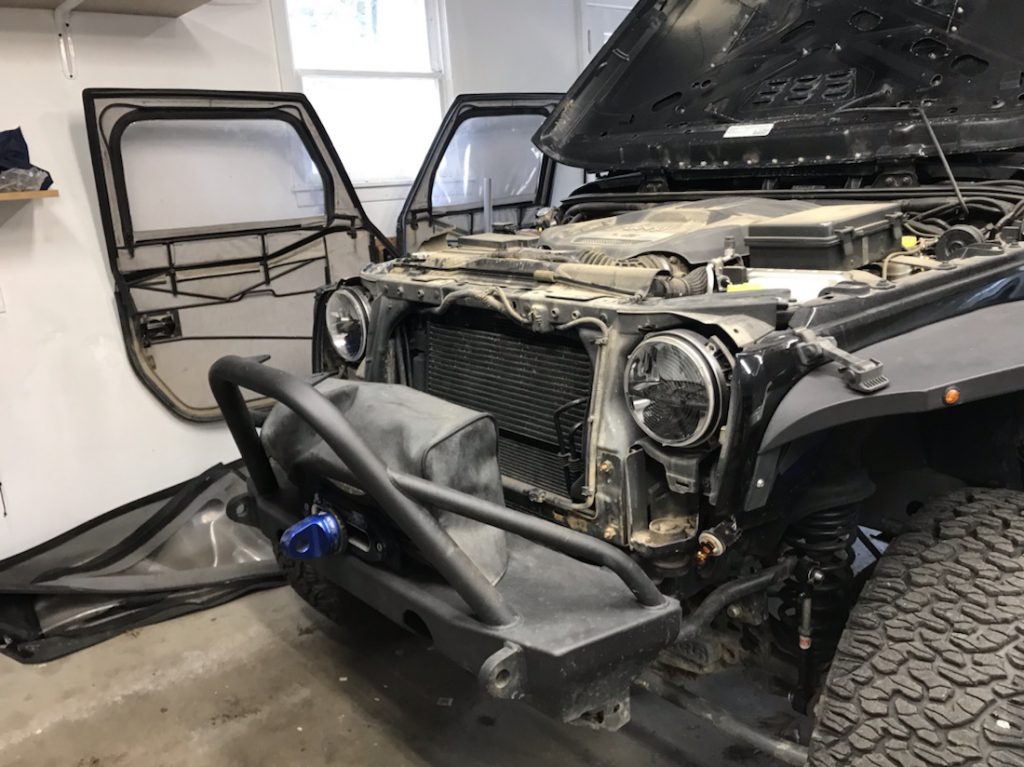
Disassembly
Disassembly took about an hour. After removing the air intake and air box and draining the radiator (I had to make tool for this – the petcock was unreachable with the bumper and winch still attached), it was a matter of removing a series of bolts that hold the transmission cooler and the A/C condenser on the front of the radiator.
Took a little doing to work the radiator around the hoses and lines, but all in all, the aforementioned YouTube video was spot on.
Once I got the radiator out, it was obvious why I was running into heat issues. Not enough to cause it to completely overheat, but enough to not cool it down fast enough. All that silica sand from Southington. Never again.
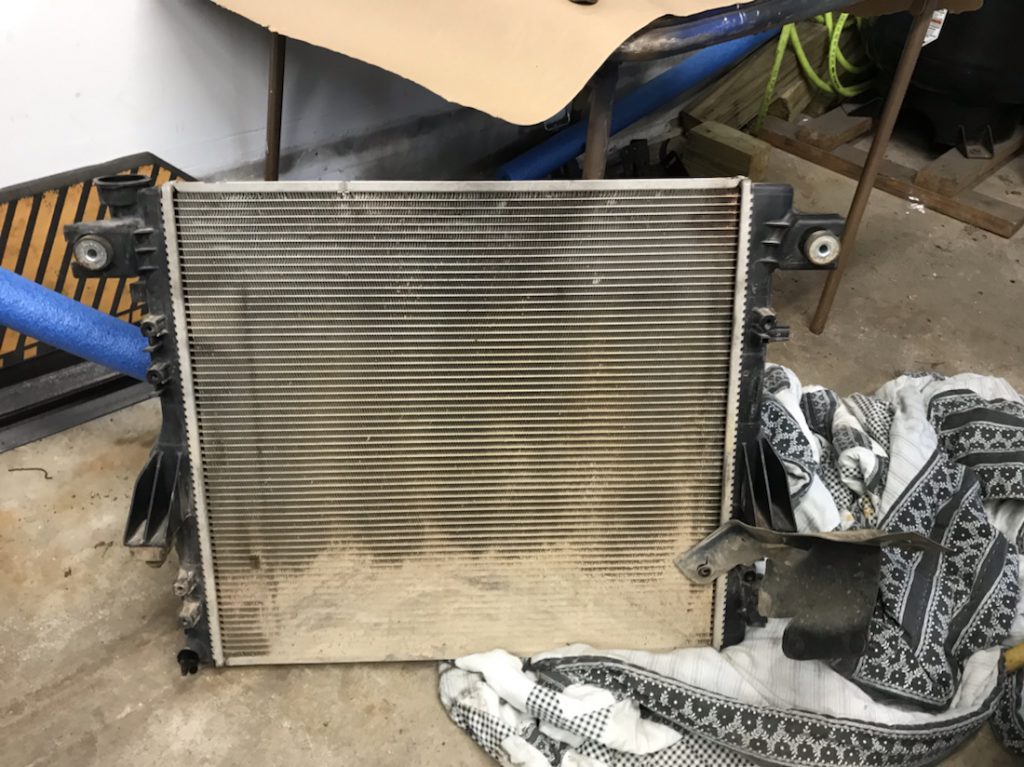
With everything out disconnected, I took the opportunity to clean some of the Moab out of the engine compartment. That dust just gets everywhere.
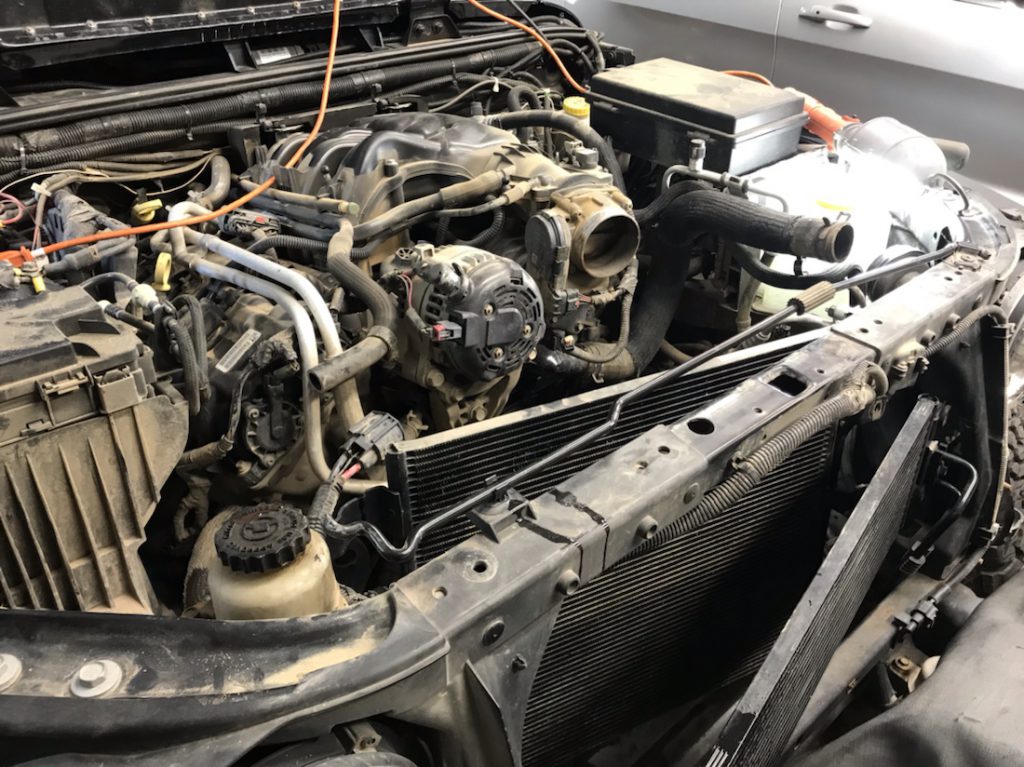
I bought a new factory replacement radiator from a local dealer. I had looked at aftermarket options, but quite frankly, justifying the triple cost wasn’t going to happen. And the other lower cost solutions, well, let’s just say I didn’t want to take that risk either. At least if there’s an issue with this one, I know I can get it replaced.
Reassembly
Reassembly is pretty much disassembly in reverse. It was a little challenging getting the radiator lined up so I could reconnect the condenser and transmission cooler.
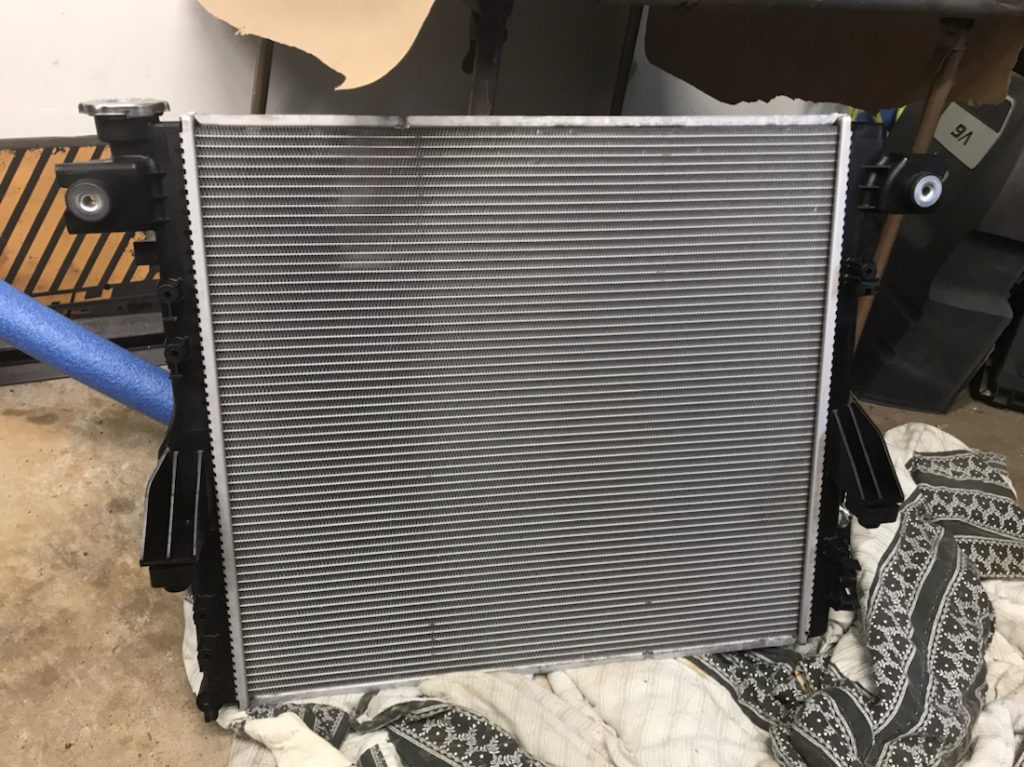
A few of the bolts are really hard to get to. I had to remove the driver’s headlight to get to one that attaches the condenser lines to the side of the radiator. The driver’s front were the hardest. Had to really contort the radiator being careful not to stress the lines.
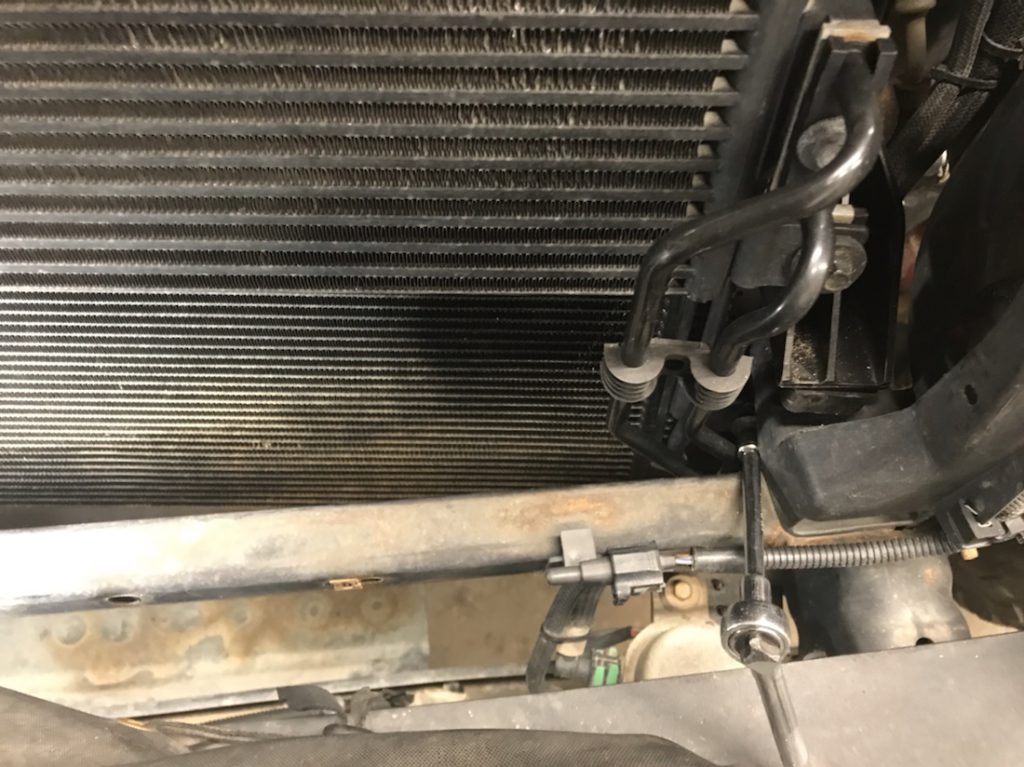
New Coolant
I purchased several gallons of concentrate coolant. During disassembly I tried to drain as much of the coolant out of the engine as possible. If I’m going to go this far, I might as well do a coolant flush at the same time. I also borrowed a burp kit from a friend to make it easier to get the air out of the system.
I mixed up a couple gallons of 50/50 mix and poured some in with the burp kit. One I started the Jeep, it started to warm up, but when the thermostat opened up, it started to push coolant up into the funnel. That told me there was an air block in there somewhere. So I put the Jeep up on ramps and let it sit for a while. The next time I started it, I got quite a few bubbles in the burp funnel. I managed to catch some on my phone.
No Heat!
So now the coolant is flowing, but I have no heat. There must have been another air block in the lines leading to the heater core. I decided to leave it to cool down overnight and hopefully, more air will work its way out.
Heat!
The next morning, I noticed the coolant level in the fill funnel had gone down quite a bit. I poured some more in and shook the jeep a bit, and even more bubbles came up. Turned on the Jeep and had heat again. The air pocket must have worked its way out overnight.
Took it for a test drive. Haven’t seen temps like this in a while.
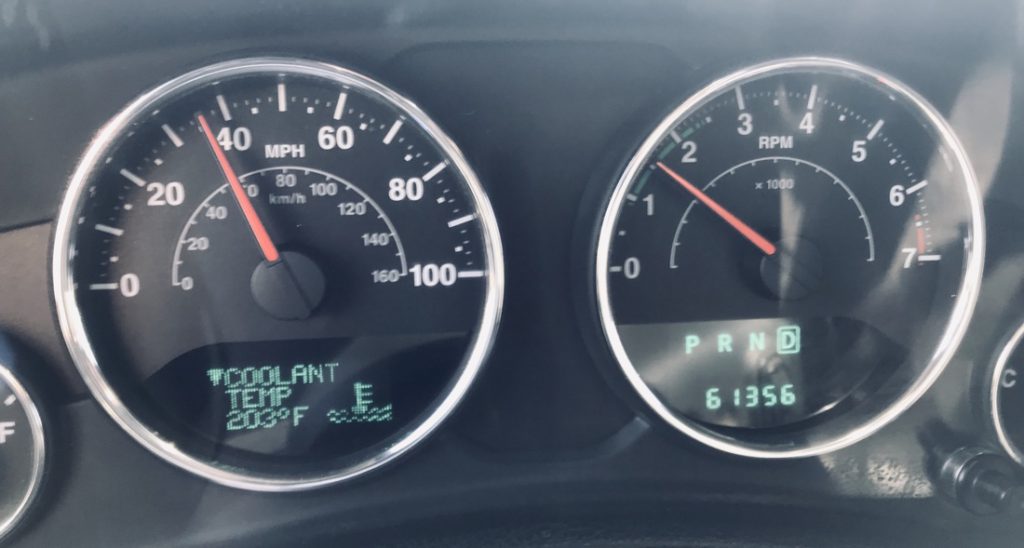
Of course, it’s only 45 degrees out right now. Won’t know for sure until we get into the summer months, but I am optimistic.
